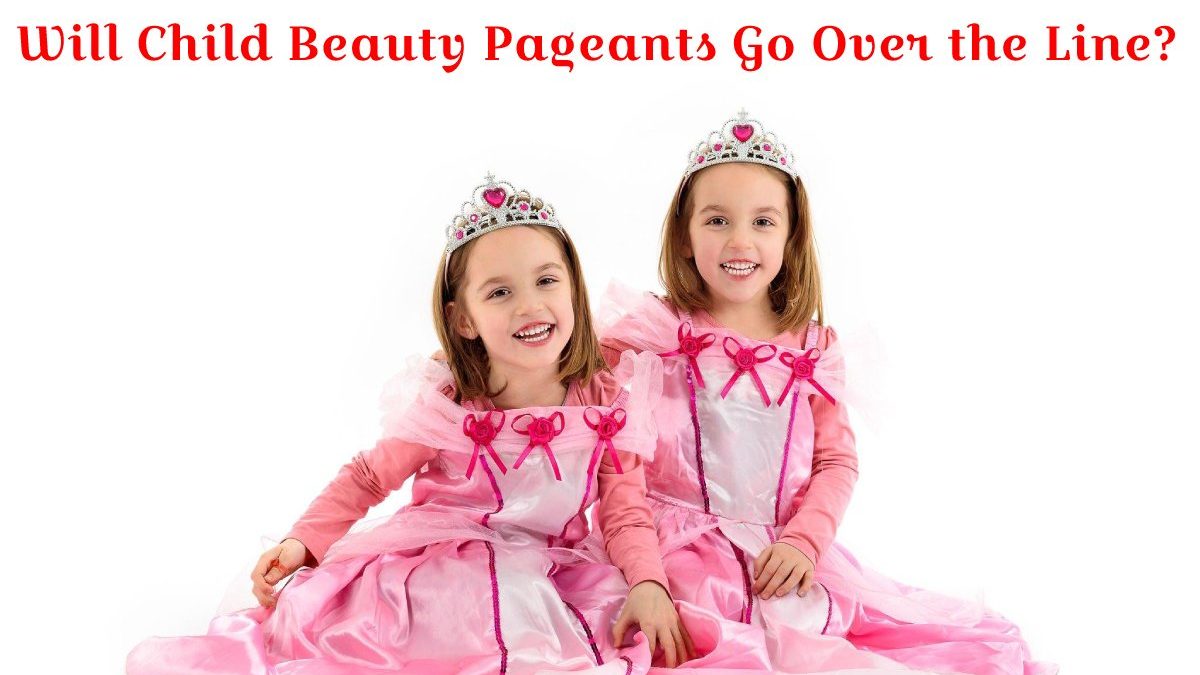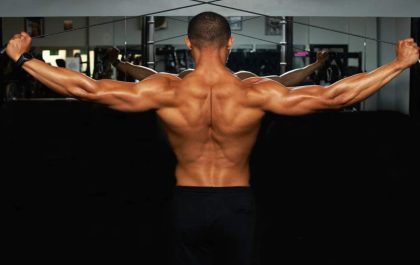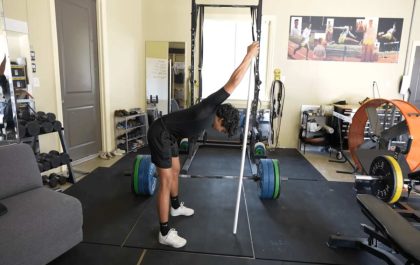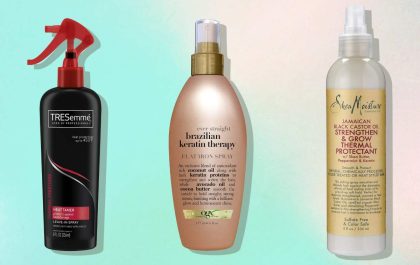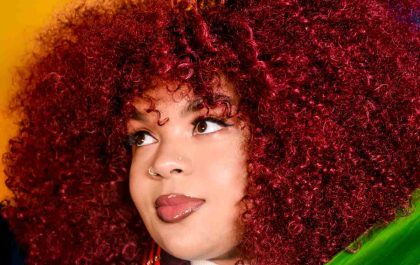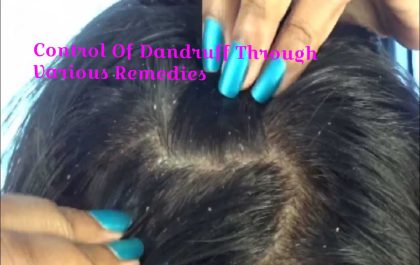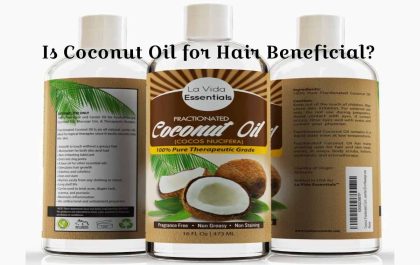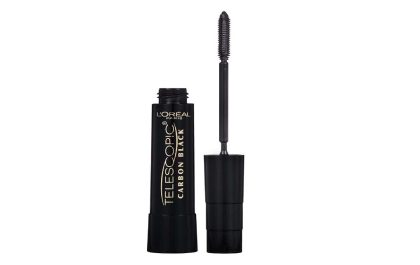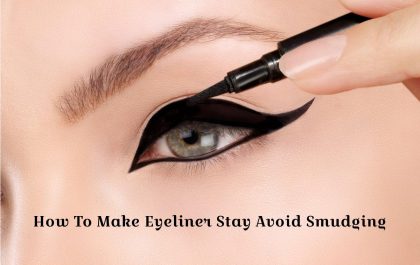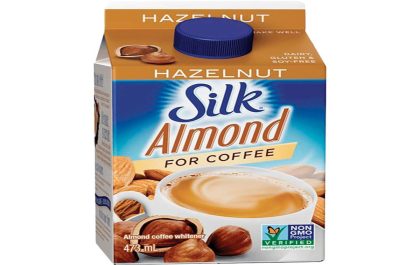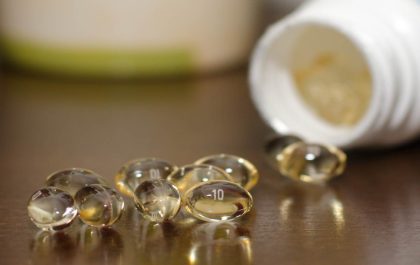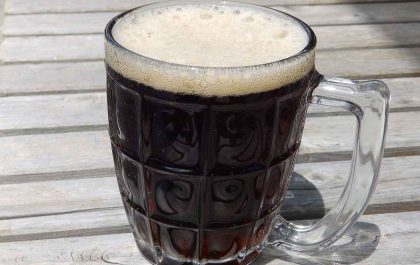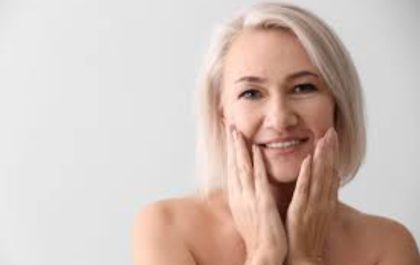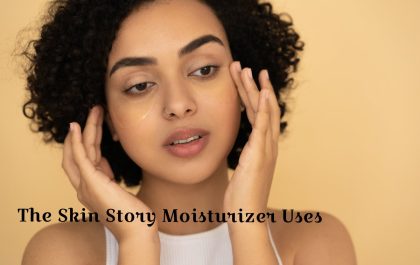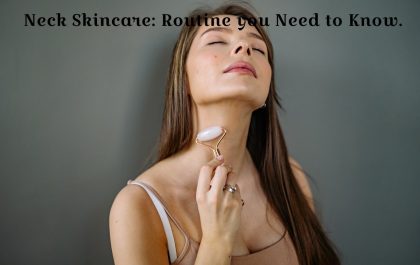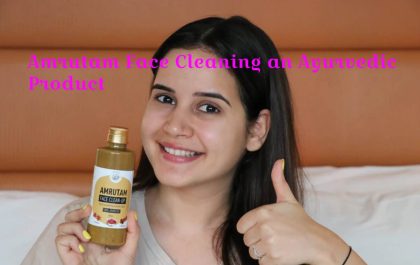Table of Contents
ToggleIntroduction
To increase tourism, the proprietor of a hotel in Atlantic City came up with the idea for Child Beauty Pageants in 1921. However, that notion had already gained traction because of nationwide “Most Beautiful Child” competitions in big cities. At Posts Amusement Park in New Jersey, the Little Miss America pageant occurred in the 1960s. It was initially intend for young people between the ages of 13 and 17, but by 1964, there were more than 35,000 participants, prompting an age divide. In Miami, Florida, towards the beginning of the 1960s, the first modern Child Beauty Pageants were a stage. The number of spectacles in the sector has increased to over 250,000. As its popularity grows, it is a growingly profitable industry that brings in around $20 billion annually to the Americas.
Varieties For Child Beauty Pageants
Even though most Child Beauty Pageants only accept female contestants, an increasing number also receive male contestants. Boys’ age divisions frequently end at age 6, with few continuing over that age due to low participation and negative public perception. Age categories often include names like “Baby Miss,” “Petite Miss,” “Little Miss,” and others. Typically, the following age ranges are used to categorise people: 0-11 months, 12-23 months, 1-3 years, 4-6 years, 7-9 years, 10-12 years, 13-15 years, and 16-18 years. For boys, two age groups, such as 0-3 years and 4-6 years, may occasionally be combined.
Contestants Of Child Beauty Pageants
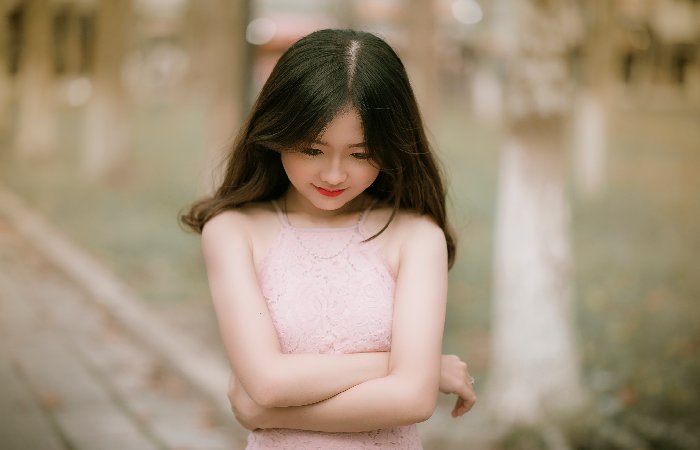
Contestants will compete for two hours or less, depending on the type of pageant system they are participating in. For beauty or formalwear events and other modelling-based competitions, pageants typically include a rule of “no more than one and a half minutes on stage” for every child. With the occasional exception, talent generally is only allowed to perform for two minutes or less.
Girls must have various “routines” for each competition round in glamour pageants. Routines are made up of several motions frequently referred to as “sassy stroll,” “beautiful feet,” and more. “Duckface” emotions on the face can be very expressive.
The term “pro-am modelling.”
The term “pro-am modelling” is frequently uses to describe this kind of modelling. Contestants should also expect big hair (including synthetic hair), immaculate makeup, spray tans, flippers (fake teeth), and nail extensions. The easiest way to sum up glitz pageants is “everything goes.”
Natural Child Beauty Pageants, in comparison, have relatively rigid requirements for attire, makeup, hair extensions, etc. For ladies performing on stage, programmes like National American Miss only allow matte lipgloss and mascara. “Miss America-style” is a common term to describe this modelling type. While some pageants have a set of required movements, others give ladies more freedom when using the stage or runway.
Do Child Beauty Pageants Go Too Far?
A certain amount of self-confidence is suitable for kids, but pageants can push it too far, encouraging kids to place too much value on physical attractiveness. When a cute child develops into an “ugly duckling,” Brown is also concerned for the child’s emotional health.
What Impact Do Beauty Contests Have on Young People?
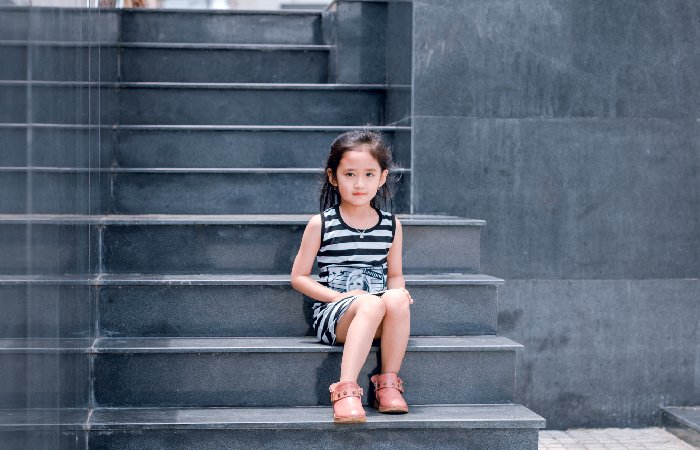
The talent show may even feature them performing controversial routines. The American Psychological Association claims that sexualising females can cause various problems, including eating disorders, sadness, low self-esteem, shame and anxiety.
What Is the Price of Child Beauty Pageants?
“Rhinestones, expert hair and makeup spray tans, false nails, and more quickly add up. Depending on the pageant’s level, the admission cost ranges from $50 to $500.” Additionally, the competitions charge $20 to $30 extra for each additional category you enter, such as talent or casual attire.
What Are the Drawbacks of Beauty Pageants?
The participants in these pageants or competitions risk developing eating disorders, depression, body dysmorphia, and body dissatisfaction.
Objection On Child Beauty Pageants
When parents enter their kids in pageants, they may receive criticism. Pageants are perceived as encouraging a highly superficial, contemporary sort of femininity by pushing very young girls to a “beauty” standard involving items like makeup and spray tans. Shelby Colene Pannell, a sociologist, wonders why parents willingly subject their kids to such intense gender stereotyping.
Security Of Child Beauty Pageants
Parents continue to defend why they allow their young children to compete in these pageants in the face of criticism. Harvard University student researcher Hillary Levy discovered that many parents believed their kids, even the boys, could develop poise and confidence in front of a crowd. Birth malformations were not perceived negatively by the parents of affected children.
Why are kids’ beauty pageants unsuitable?
Child beauty pageants could result in negative consequences such as body dissatisfaction, eating disorders, depression, and other mental health problems, which are already challenges in today’s society. Too many people will continue to be repulse by their natural appearance if beauty pageants are still held in the United States.
Conclusion
Young girls should not be expose to a worldly mentality since they are “sponges” that absorb everything in their environment because they are at an age when this is appropriate. If they succeed in being who they want to be and not what their mothers want them to be, will they succeed in getting first place and winning the tiara they desire, as well as being winners in life?
Related posts
Compound Back Exercises: What Are They?
Introduction Multiple muscles are working simultaneously by compound workouts. Squats, pull-ups, and reverse lunges are typical Compound Back Exercises. While…
Is The Bretman Rock ab Workout Effective?
Introduction Bretman Rock, a social media influencer and former Vine sensation, shared his Not Workout with the world at the…
Which one Exactly is Daisy Keech’s ab routine?
Introduction Now is a detailed description of Daisy Keech’s ab routine. Every exercise is achieving back-to-back for 10 minutes without…
Vasa Fitness Joliet Provides a Fitness Regime
Introduction After debuting in Villa Park last month, it has a second site in Illinois at North Larkin Avenue. With…
Using the Best Heat Shield Sprays Before Styling
Introduction As hair ages, it gets drier and more delicate, making it more vulnerable to heat damage. You don’t have…
Suggestions for Red Curly Hair Routine Care!
Introduction Did you know that while a significantly bigger number of people carry the genetic factor and can pass it…
Control Of Dandruff Through Various Remedies
Introduction Small bits of dry skin chips have built up on the scalp as Dandruff, a common disease. Using shampoo…
Is Coconut Oil for Hair Beneficial?
Introduction The profits of Coconut Oil for Hair and scalp may be numerous, and it may hydrate and seal hair…
The Best for Lengthening Lashes Is L’Oreal Telescopic Mascara.
Introduction Your lashes are enhanced with L’Oreal Telescopic Mascara extreme length and distinctive lash-by-lash separation. The unique flexible precision brush’s…
SUGAR Cosmetics Is a Well-Known Brand in India.
Introduction SUGAR Cosmetics is an Indian e-commerce firm that sells cosmetics and skincare items that are youth, best suited for…
How To Make Eyeliner Stay Avoid Smudging
Introduction You’re not alone if you notice that, over the day, your Eyeliner Stay begins to budge. Smudging, smearing, or…
A CVS Best Beauty Item Is What?
Cosmetics, fragrances, hair care, hair colour, facial care, and hand and body lotion are qualifying beauty purchases. It Excludes medicines,…
Subway Footlong Calories-Nutritional and Healthy Menu Options
Introduction One of the most well-known fast-food restaurants in the world, Subway has more than 40,000 outlets throughout the globe….
Hazelnut Creamer Enriches the Flavours.
Introduction Hazelnut is a type of nut with thin, light brown skin and is usually oval or spherical. Hazelnuts harvests…
What Is Gel Tab?
Introduction A Gel Tab is a drug that contains an opioid, like hydrocodone or oxycodone, and a non-steroidal anti-inflammatory drug…
What is Diet Root Beer?
Introduction India can produce incredibly distinctive root beer using spices and chillies. A wide variety of delectable tastes and smells…
Get Ready for BroadBand Light BBL Treatment
Introduction Intense pulsed light is harnessed by BroadBand Light technology to BBL Treatment outstanding photo rejuvenation treatment outcomes. A wide…
The Skin Story Moisturizer Uses
Introduction The Skin Story Moisturizer Cream provides a balanced moisturising and hydrating effect. With the help of our moisture-boosting cream,…
Neck Skincare: Routine you Need to Know.
Introduction Most of us learn how to practise excellent hygiene and take care of our Skin from an early age….
Amrutam Face Cleaning an Ayurvedic Product
Introduction Amrutam Face Cleaning guarantees complete skin cleaning. It is an Ayurvedic acne remedy that moisturises and feeds the skin…

